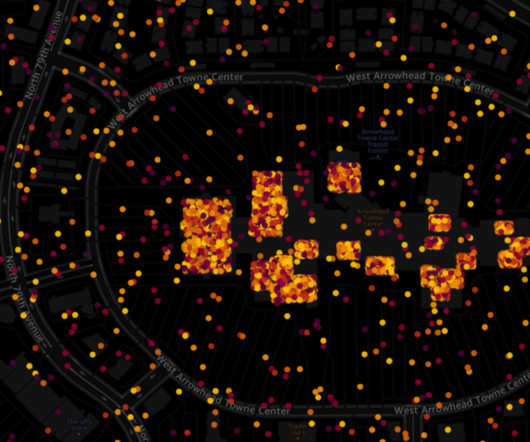Unlocking near real-time analytics with petabytes of transaction data using Amazon Aurora Zero-ETL integration with Amazon Redshift and dbt Cloud
NOVEMBER 27, 2024
While customers can perform some basic analysis within their operational or transactional databases, many still need to build custom data pipelines that use batch or streaming jobs to extract, transform, and load (ETL) data into their data warehouse for more comprehensive analysis. or a later version) database. Create dbt models in dbt Cloud.



























Let's personalize your content